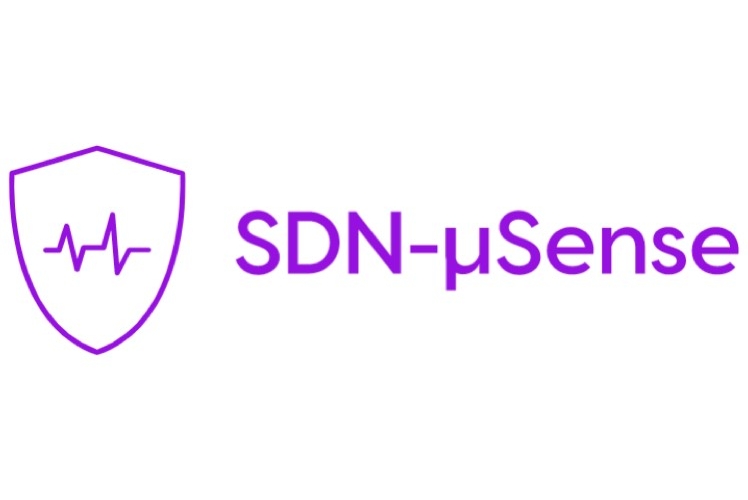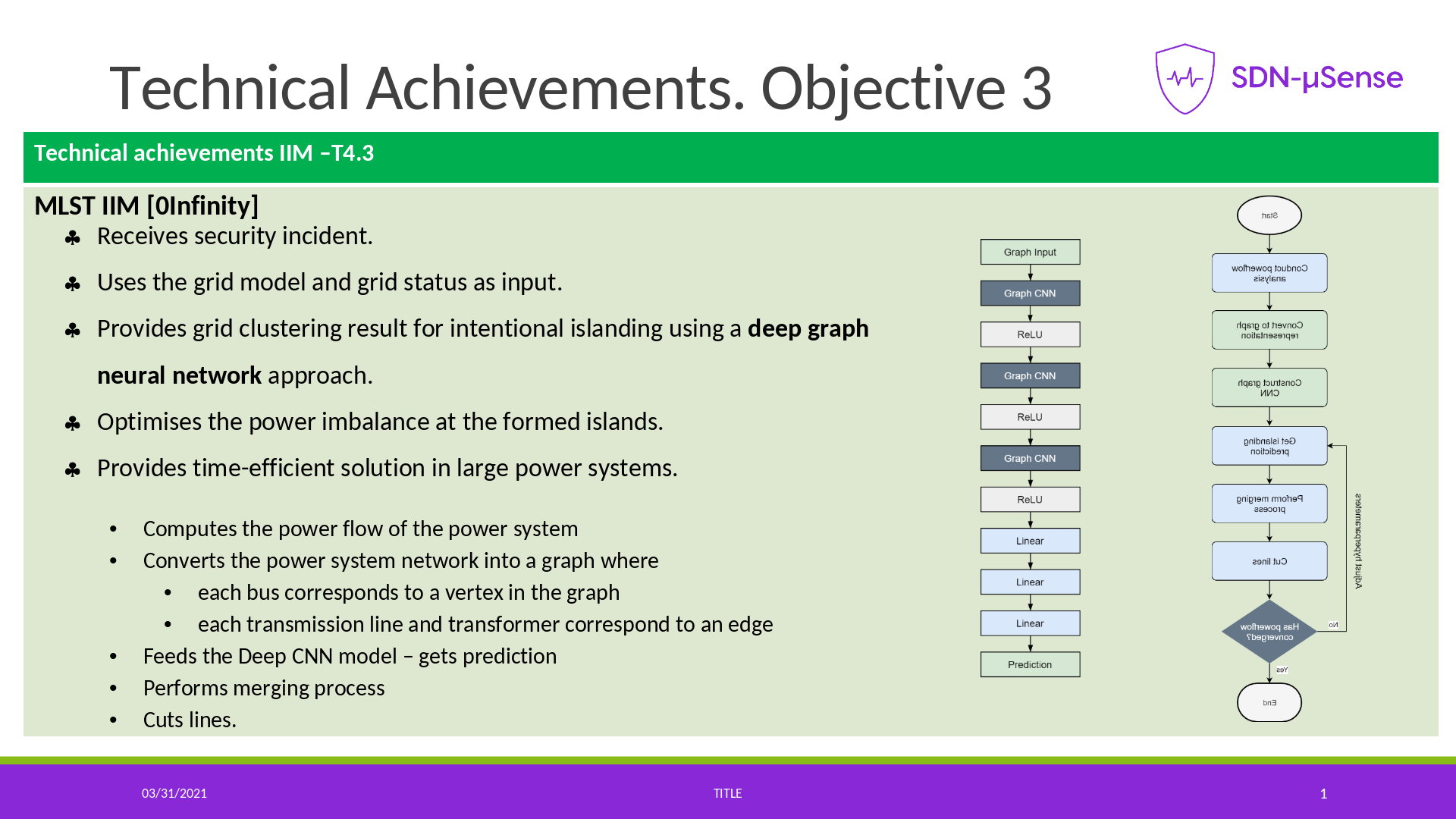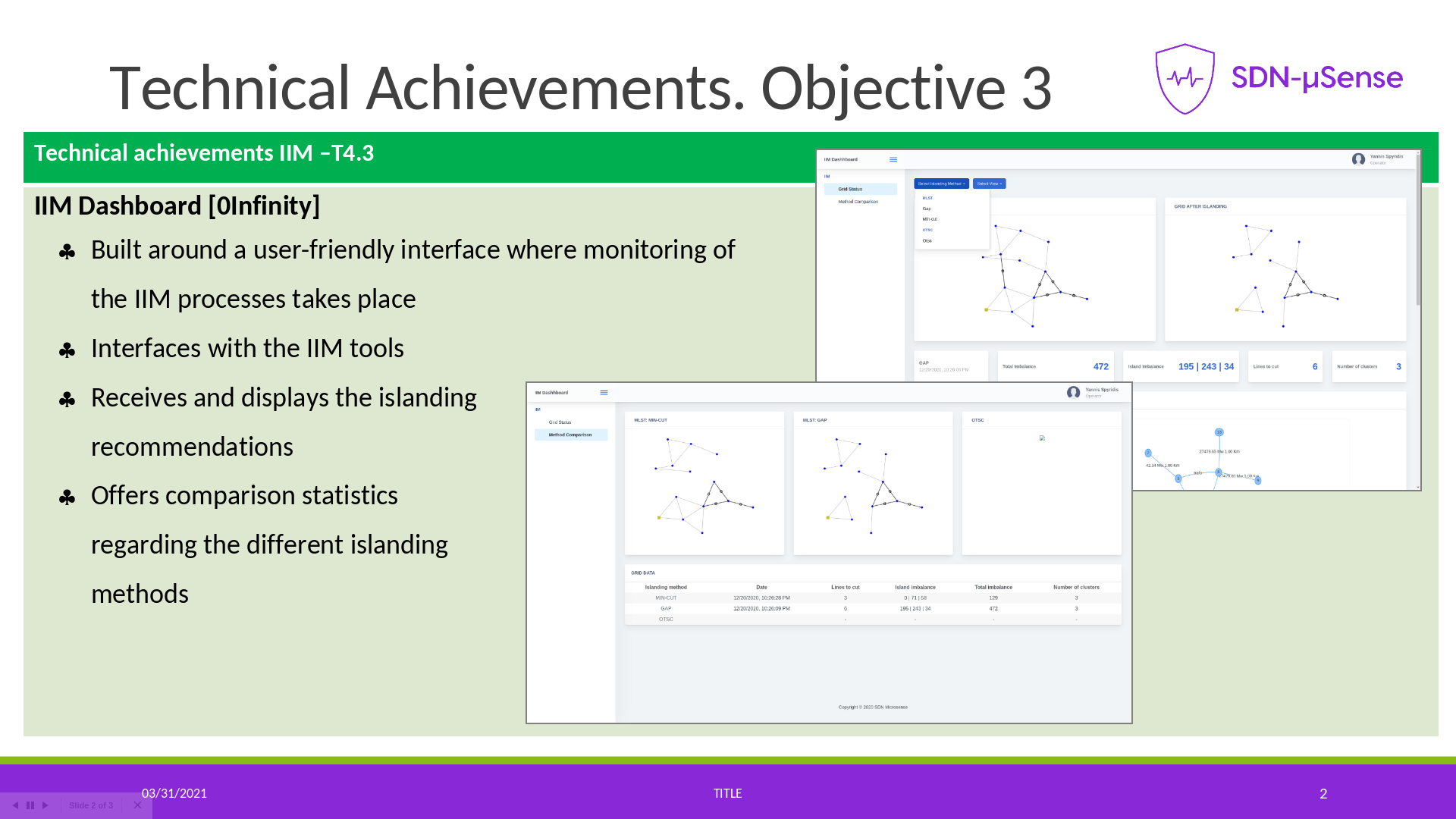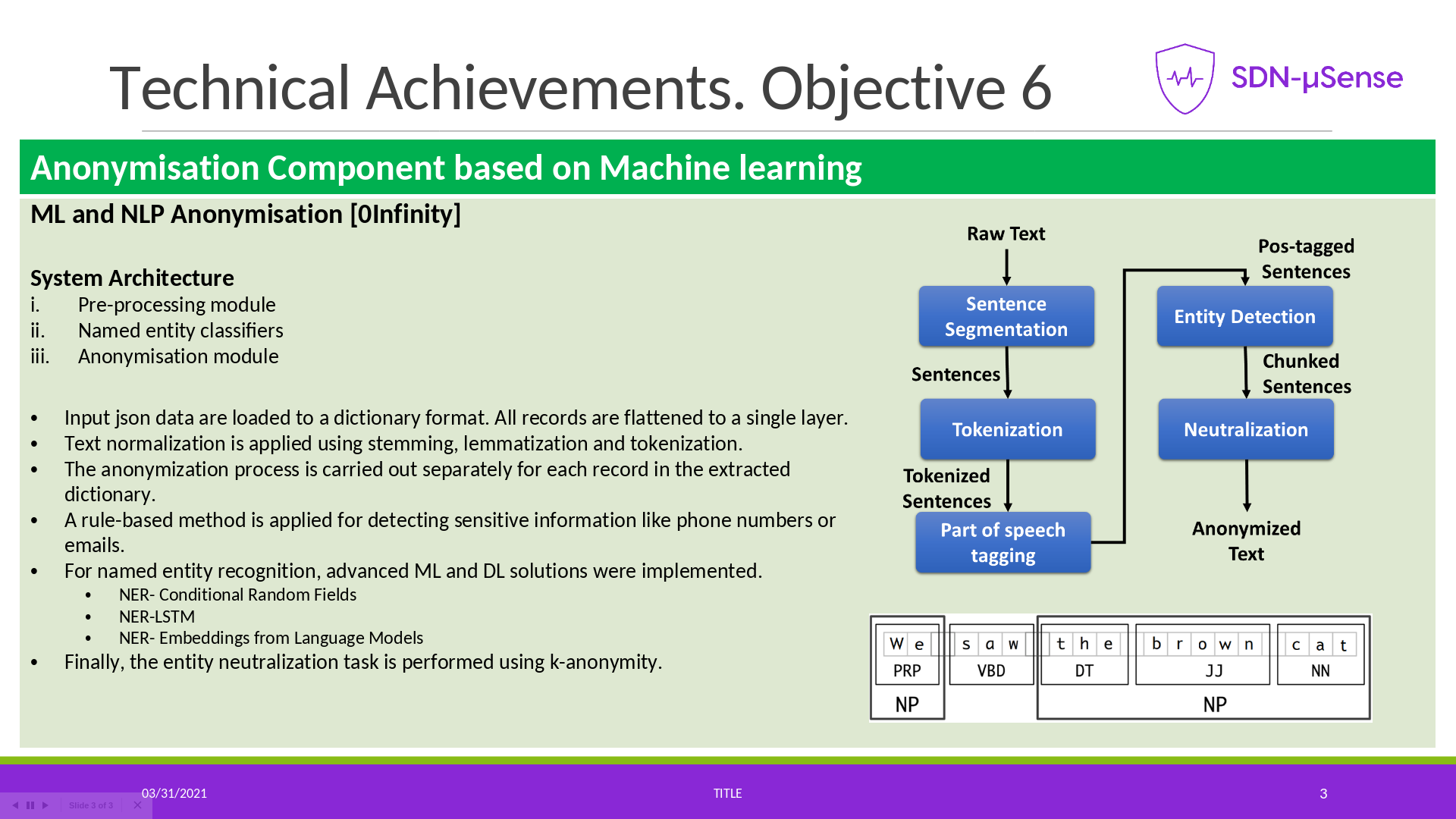
Project Title
SDN-microSENSE: microgrid reSilient Electrical eNergy SystEm
Project Information
SDN-microSENSE aims at providing and demonstrating a secure, resilient to cyber-attacks, privacy-enabled, and protected against data breaches solution for decentralised EPES. The project employs a set of advanced cutting-edge technologies targeting at:
- Performing collaborative and distributed risk assessment involving all energy actors
- Strengthening EPES domains with self-healing capabilities based on islanding and fast grid recovery processes exploiting renewable sources
- Enabling effective energy exchange between microgrids and residential prosumers
- Implementing a large-scale cybersecurity solution by integrating innovative components for detecting and preventing cyberattacks, privacy violations and various threats
- Building a decentralised security information and event management (SIEM) tool for decision support concerning anomaly detection and response enhanced with advanced machine learning capabilities
- Realising an end-to-end privacy framework that involves all types of users and stakeholders to protect against data breaches
- Demonstrating and validating all tools/systems/processes through detailed real-world scenarios with emulated/simulated cyberattacks
- Contributing to international standardisation activities for promoting sustainable and compatible EPES cybersecurity approaches. All designed, developed, and tested technologies should consider latest related research findings and maintain high compliance with current industrial standards (e.g., IEC standards)
0 infinity contribution
0 infinity's contribution to the SDN-microSENSE project has resulted to the development of two novel Deep Learning techniques that identify optimal islanding schemes of the distribution grid elements (loads, generators, storage units, etc.) creating isolating islands (nodes) and at the same time ensuring the grid stability. The new Deep Learning models are based on graph convolutional neural networks that receive as input the power grip as a graph and clustering is performed with novel loss functions optimising for the loads. Additionally, a dashboard to support and visualise the grid before and after the islanding was designed and developed. Finally, two papers were submitted to a conference and a journal (see references).
Intentional Islanding using Deep Learning
Technical Achievements



